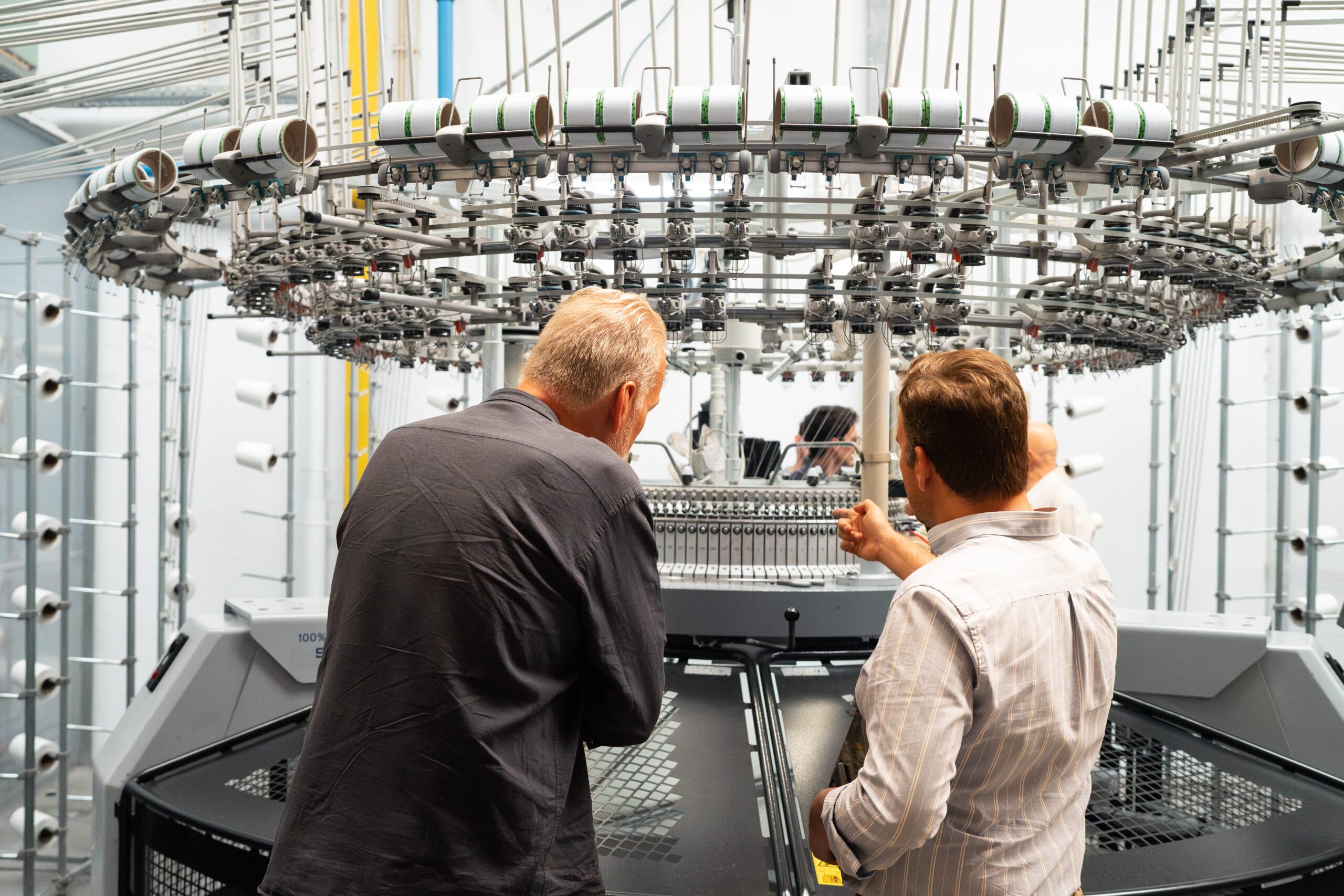Focus Areas
Raw Materials

The fashion supply chain starts with the sourcing and extraction of raw materials. A significant portion of a material’s environmental footprint is determined at this stage.
Processing

Processing includes the pretreatment, colouration and finishing of fibres, yarns, fabrics to achieve the performance and aesthetic properties desired by brands and consumers.
Manufacturing & Retail

The manufacturing and retail stage aims to reduce textile waste accumulation and over production, to optimise efficiency, and to extend the life of products.
End of Use

End-of-use looks to extend the life of materials and garments by enabling technologies, infrastructure and innovations that can redirect garments into recycling and reuse.
Transparency & Traceability

Transparency and traceability is the process of making information available to understand how fibres and materials were sourced, processed and produced through the supply chain.
Investments

While there is an extensive pipeline of innovations emerging across the supply chain, significant investment is required to pilot, implement and scale these solutions.
Sorting for Circularity Europe Expands to Address Rewearable Textile Crisis

Latest

In conversation with Smartex: Explore Smartex’s AI-driven solutions transforming quality control and reducing waste

Fashion for Good and Textile Exchange Team Up to Trace Textile Waste

In Conversation with Living Ink: Turning Biomass Waste Into Value

